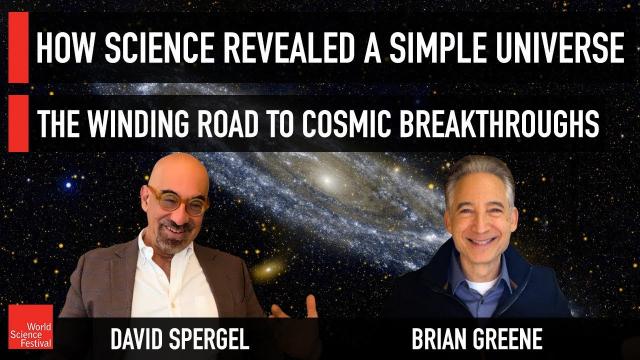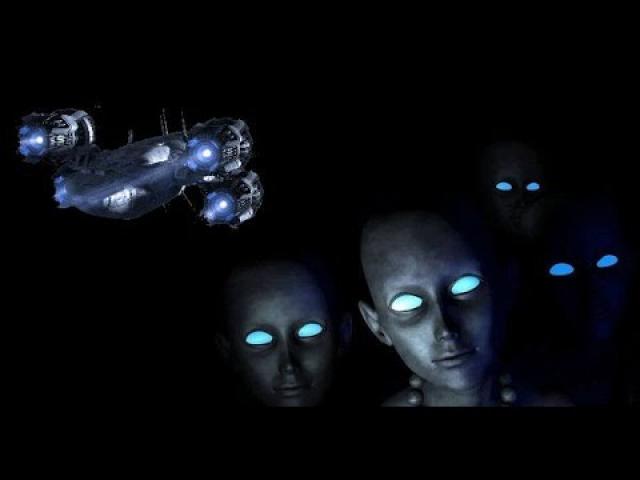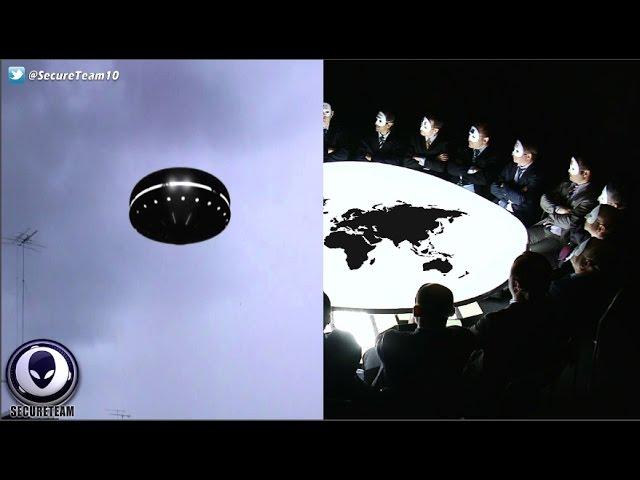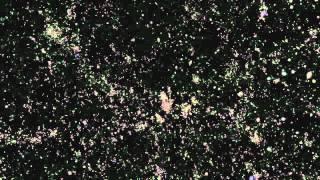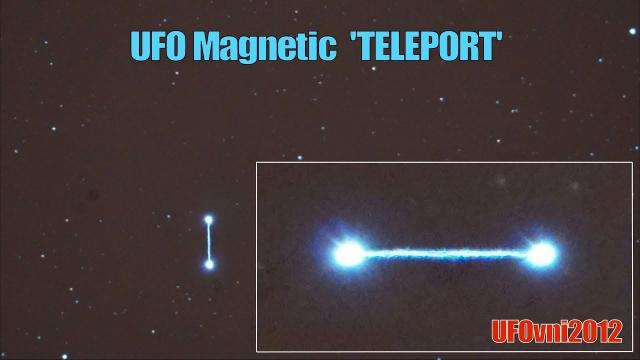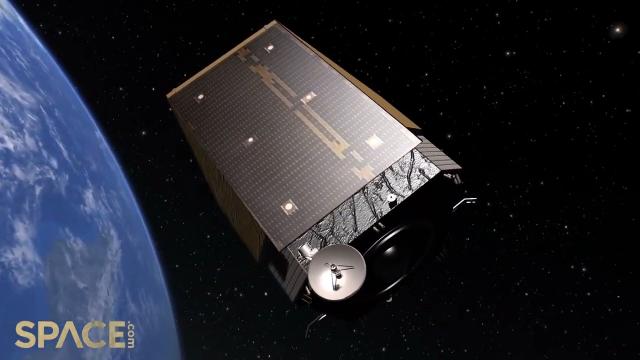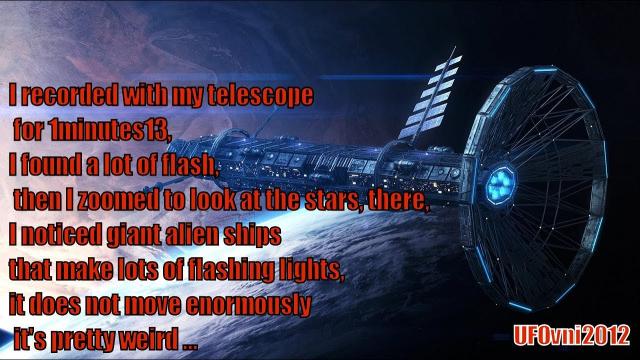The Telescope That Revealed the X-Ray Universe
Description
Some of the most exciting phenomena in space can’t be seen from Earth because our atmosphere soaks up high-energy light. That’s why NASA built Chandra, the most powerful X-ray telescope ever launched, and the observatory has helped scientists make major discoveries about high-energy events in space, including the processes surrounding the birth and death of stars!
Hosted by: Reid Reimers
SciShow has a spinoff podcast! It's called SciShow Tangents. Check it out at http://www.scishowtangents.org
----------
Support SciShow by becoming a patron on Patreon: https://www.patreon.com/scishow
----------
Huge thanks go to the following Patreon supporters for helping us keep SciShow free for everyone forever:
Bd_Tmprd, Harrison Mills, Jeffrey Mckishen, James Knight, Christoph Schwanke, Jacob, Matt Curls, Sam Buck, Christopher R Boucher, Eric Jensen, Lehel Kovacs, Adam Brainard, Greg, Ash, Sam Lutfi, Piya Shedden, Scott Satovsky Jr, Charles Southerland, charles george, Alex Hackman, Chris Peters, Kevin Bealer
----------
Like SciShow? Want to help support us, and also get things to put on your walls, cover your torso and hold your liquids? Check out our awesome products over at DFTBA Records: http://dftba.com/scishow
----------
Looking for SciShow elsewhere on the internet?
Facebook: http://www.facebook.com/scishow
Twitter: http://www.twitter.com/scishow
Tumblr: http://scishow.tumblr.com
Instagram: http://instagram.com/thescishow
----------
Sources:
https://doi.org/10.1117/12.391566
https://chandra.harvard.edu/about/specs.html
https://nssdc.gsfc.nasa.gov/nmc/spacecraft/display.action?id=1990-049A
https://chandra.harvard.edu/about/axaf_mission.html
https://www.nasa.gov/centers/marshall/news/background/facts/cxoquick.html
https://www.annualreviews.org/doi/full/10.1146/annurev.astro.37.1.363
https://apod.nasa.gov/apod/ap090803.html
https://iopscience.iop.org/article/10.1086/432099
https://iopscience.iop.org/article/10.1086/432096
https://iopscience.iop.org/article/10.1086/312438/pdf
https://link.springer.com/article/10.1007/s41115-020-0008-5
https://chandra.harvard.edu/photo/2017/casa_life/
https://arxiv.org/abs/1111.7316
https://arxiv.org/abs/1304.3973
https://chandra.harvard.edu/photo/2019/bhfeedback/
https://arxiv.org/abs/1909.00814
https://chandra.si.edu/press/12_releases/press_050912.html
Image Sources:
https://svs.gsfc.nasa.gov/20281
https://chandra.harvard.edu/about/spacecraft.html
https://commons.wikimedia.org/wiki/File:STS-93_Payload_Bay_Door_Closure_-_GPN-2000-000854.jpg
https://commons.wikimedia.org/wiki/File:Faring0814_03.jpg
https://commons.wikimedia.org/wiki/File:Hubble_01.jpg
https://commons.wikimedia.org/wiki/File:CGRO_s37-96-010.jpg
https://commons.wikimedia.org/wiki/File:Orion_Nebula_-_Hubble_2006_mosaic_18000.jpg
https://www.nasa.gov/mission_pages/chandra/news/x-rays-from-a-newborn-star-hint-at-our-suns-earliest-days.html
https://commons.wikimedia.org/wiki/File:Artist%E2%80%99s_Impression_of_a_Baby_Star_Still_Surrounded_by_a_Protoplanetary_Disc.jpg
https://svs.gsfc.nasa.gov/11735
https://www.nasa.gov/mission_pages/chandra/images/chandra-reveals-the-elementary-nature-of-cassiopeia-a.html
https://commons.wikimedia.org/wiki/File:XZ_Tauri_-_HL_Tauri.pn

